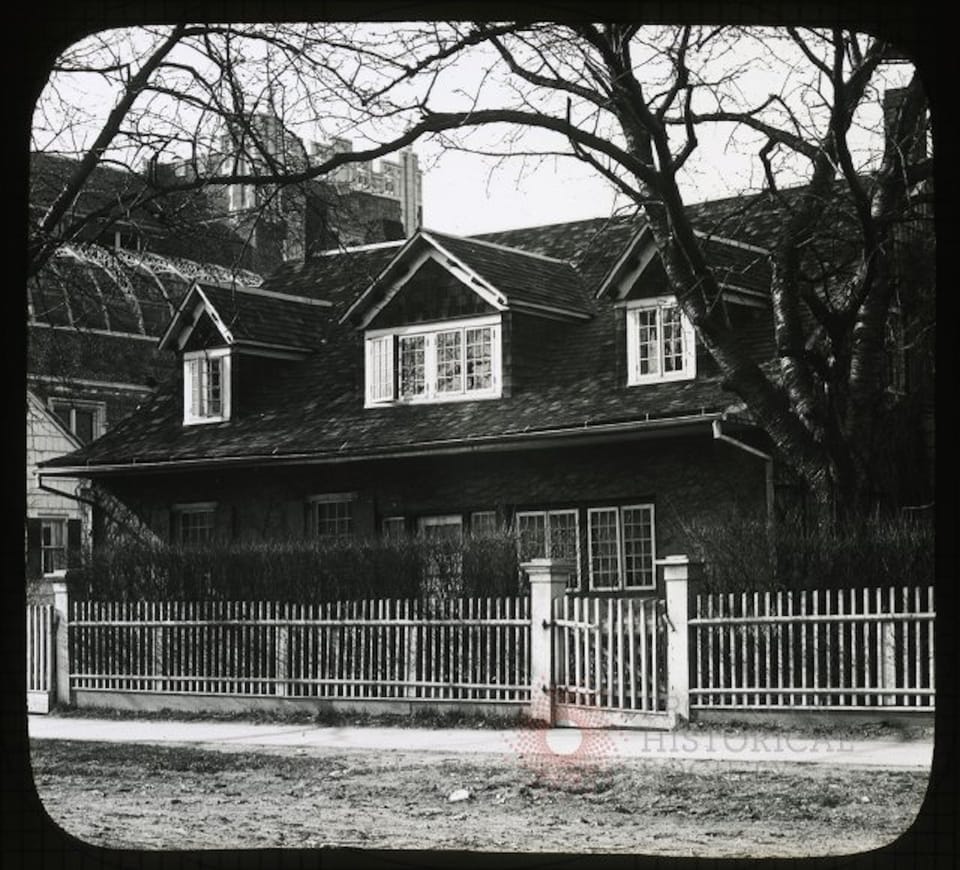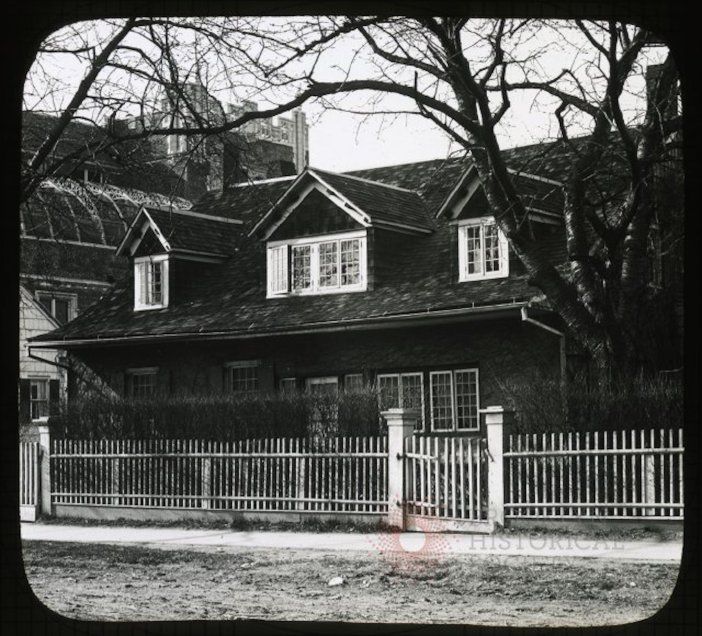Supporters Turn Out At LPC Hearing For Lady Moody’s And Coney Island Pumping Station


Two local historical buildings — the Coney Island Pumping Station and the Lady Moody House — received the greatest support at last week’s Landmark Preservation Committee hearing, Brownstoner reports.
The commission heard testimony Thursday about whether to grant landmark status to seven Brooklyn sites that have been awaiting the designation for five years or more. Lady Moody’s and the Coney Island Pumping Station have languished for decades on the commission’s list of backlogged properties.
According to Brownstoner, speakers made the most convincing arguments in favor of protecting the Coney Island Pumping Station, an Art Moderne structure built in 1938 to supply water to nearby firefighters. The station is the only municipal building designed by famed architect Irwin Chanin and is prized for its its limestone and granite structure and jewel-shaped windows.
Because the pumping station is owned by the city, supporters said it would be the easiest to landmark. However they argued the building, which has been in a state of disrepair since it was shut down in the 1970s, should be converted into a community center to better serve residents, Brownstoner reports.
City Councilman Mark Treyger supported rehabilitating the pumping station and granting it landmark status.
“The Coney Island Pumping Station symbolizes our community’s strength and perseverance,” Treyger told the commission. “However, while I support the external landmarking of the station, I believe granting this status needs to be done with the public good in mind. I can only support landmarking the station if its future involves an internal renovation for the purpose of being put to recreational use.”
Treyger also spoke in favor of protecting the Lady Moody House, calling it “one of the most historically significant structures in southern Brooklyn.”
The Lady Moody House, located at at 27 Gravesend Neck Road, is built on property that once belonged to Lady Deborah Moody, founder of the town of Gravesend. It’s also one of a handful of remaining Dutch Colonial homes in New York City.
According to Brownstoner, testimony delivered by the home’s previous owner, Vivian Solmo, may have made the landmark designation more likely.
She told the media outlet the initials of Thomas Hicks, who owned the house in the 1800s, are still carved into an original beam in the living room. Solmo said the house still has many of the original floors, beams, and fireboxes, which are deep enough to fit kettles in them.
“It’s a wonderful house. I lived there for 50 years. Lady Moody brought us nothing but good luck,” she told Brownstoner.
Solmo said she had opposed designating the home at hearing years earlier because she didn’t understand the process, Brownstoner reports. Her husband had also recently passed away at the time.
“Now I understand the house should have been landmarked a long time ago,” Solmo reportedly told the commission. “So please do your best to landmark the Lady Moody house.”
Gravesend historian Joseph Ditta, who has written for us about the Lady Moody House’s historical value, testified that the landmark status is urgent because the home is currently up for sale.
“Without your protection, it is doomed,” Ditta reportedly told the commissioners.
Assemblyman Steven Cymbrowitz sent in written testimony to the commission arguing that landmark status should be granted to the Lady Moody House.
“We need to safeguard these buildings because once they’re torn down they’re gone forever. But it’s also important for us as a society to preserve some tangible evidence of what preceded us, because without it we sacrifice an essential multi-layered perspective on history,” he wrote.
The LPC is accepting written statements from the public until October 22. To submit your testimony, email backlog95@lpc.nyc.gov. You must indicate the property, or properties, you intend to address and any affiliation you have with an organization.
The commission will make its final decision about which properties to protect by the end of 2016.
